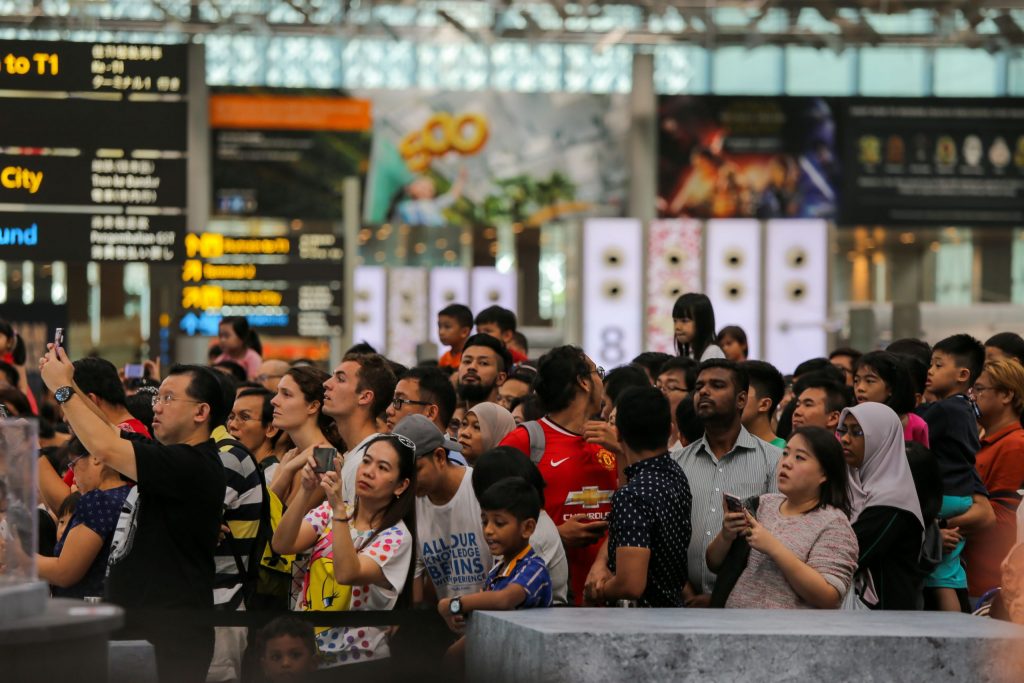Race, Racism and Racial Privilege in Singapore
September 8, 2021

In ‘Race, racism and racial privilege in Singapore’ (The Straits Times, September 2021) Professor Chua Beng Huat (NUS Sociology and Yale-NUS Urban Studies Program) discusses the conceptual development of racial privilege in Singapore, documents developments in Singapore’s history that have accorded privileges, conscious and unconscious, to specific racial groups, and evaluates the frameworks and solutions the state has adopted to maintain racial harmony. He points out that ethnic groups are defined by their shared heritage and common cultural attitudes and behaviors, which are passed on within familial and community settings. Singaporeans are familiar with the defining cultural practices of the city-state’s major ethnic groups. Prof Chua attributes the understanding of different cultural practices as contributing to Singapore’s multiethnic harmony.
On the other hand, Singaporeans’ conceptual familiarity with race is the result of a state-developed framework for understanding differences in physical qualities, which citizens have been socialized into. Prof Chua asserts that racism in Singapore is the development of irrational prejudices stemming against differences in physical traits rather than negative attitudes based on our understanding of different cultural practices. Interestingly, he also explains that most Singaporeans, however, have limited deep knowledge of their own ethnic history and culture. While we recognize the defining elements of an ethnic group, we lack an understanding of the cultural and philosophical underpinnings of their practices, attitudes, and behaviors.
Debates about whether ‘Chinese privilege’ exists on Singapore’s shores have drawn ire from citizens. Prof Chua elucidates the generational differences in attitudes towards the idea of ‘Chinese privilege’ in Singapore. Older Chinese Singaporeans, educated in Chinese schools, remember the state’s attempts to devalue the Chinese language and modernist Chinese culture, resulting in the closure of Singapore’s only private Chinese-medium university, Nanyang University. In addition, these Singaporeans also recall how their Chinese education and low levels of literacy prevented them from gaining employment in the civil service. Prof Chua asserts that Special Assistance Plan Schools, now concretized as an example of ‘Chinese privilege’, are seen by older Chinese Singaporeans as state compensation for coordinated attacks on their culture and livelihoods in the past. This has generated resistance towards the idea of ‘Chinese privilege’ in Singapore.
The government’s commitment to meritocratic principles, embedded in the country’s education policies, increased opportunities available to the Chinese in Singapore. Chinese families realized the importance of an English-medium education and enrolled their children in government public schools. The statistical dominance of the Chinese and their increased proficiency in the language of administration inevitably resulted in the Chinese taking up jobs across in the civil service and different industries and sectors. Chinese Singaporeans started to occupy the range of the economic spectrum.
Prof Chua emphasizes that the ideological dominance of meritocracy creates a tendency for elitism, promotes eugenicist thinking, and rigidifies current socioeconomic structures; its reification observed in social and income inequality, and structural impediments to social mobility in the country. In weighing the solutions to correct structural privileges, he explains that meritocracy is currently the most reliable resource allocation mechanism that prevents corruption. He advocates for building systems that ensure each child is given an equal starting point. On Singapore’s punitive laws to punish racist acts, Prof Chua notes that the country has sufficient legal instruments to stop them. The racist views of individuals cannot be taken to represent the views of the entire ethnic group, he points out. Instead, he stresses that punishment should be used sparingly and that racist confrontations should be resolved between individual parties.
